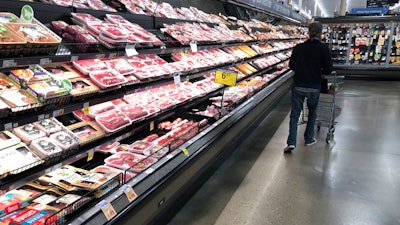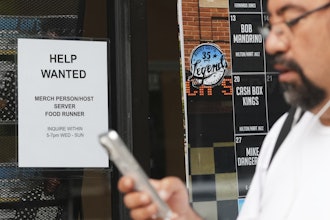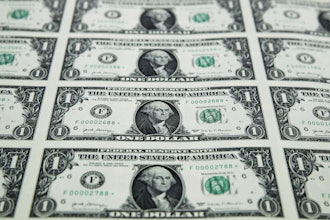
WASHINGTON (AP) — U.S. wholesale prices edged up just 0.1% in November with the economic disruption from the pandemic continuing to suppress demand and keeping inflation at extremely low levels.
The increase in the producer price index, which measures inflation pressures before they reach the consumer, followed bigger gains of 0.3% in October and 0.4% in September, the Labor Department reported Friday.
But even with those gains, wholesale prices are up just 0.8% from a year ago, far below the Federal Reserve's target for annual price increases of 2%. The government reported Thursday that consumer prices edged up 0.2% in November with consumer prices up a modest 1.2% over the past year.
“The trend in inflation in the near term is likely to be subdued given ample excess capacity and renewed pressure on demand from new restrictions to contain a resurgence of Covid-19 outbreaks,” said Rubeela Farooqi, chief U.S. economist at High Frequency Economics.
In the report on wholesale prices, the cost of food was up 0.5% after a 2.4% gain in October. Energy costs rose 1.2% after a 0.8% tick higher in November.
Core inflation, which excludes volatile food and energy costs, showed a 0.1% rise in November and a modest increase of 1.4% over the past 12 months.
The Federal Reserve, which will meet next week, has kept interest rates at record low levels in an effort to help lift the country out of the pandemic-induced recession. Analysts believe the central bank could keep its key policy rate near zero for the rates near zero for the next two years.
“Inflation remains in check and high frequency data suggests that households are still hesitant to spen at pre-virus levels, signalling that price dynamics will continue to undershoot the Fed’s 2% target in the near-term,” said Mahir Rasheed, an economist with Oxford Economics.






















